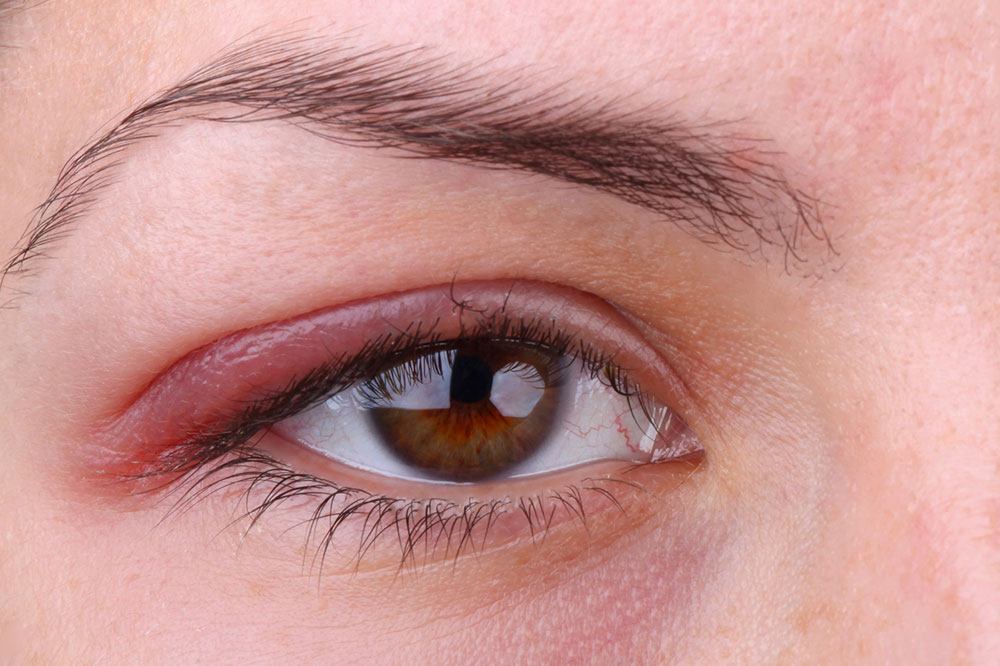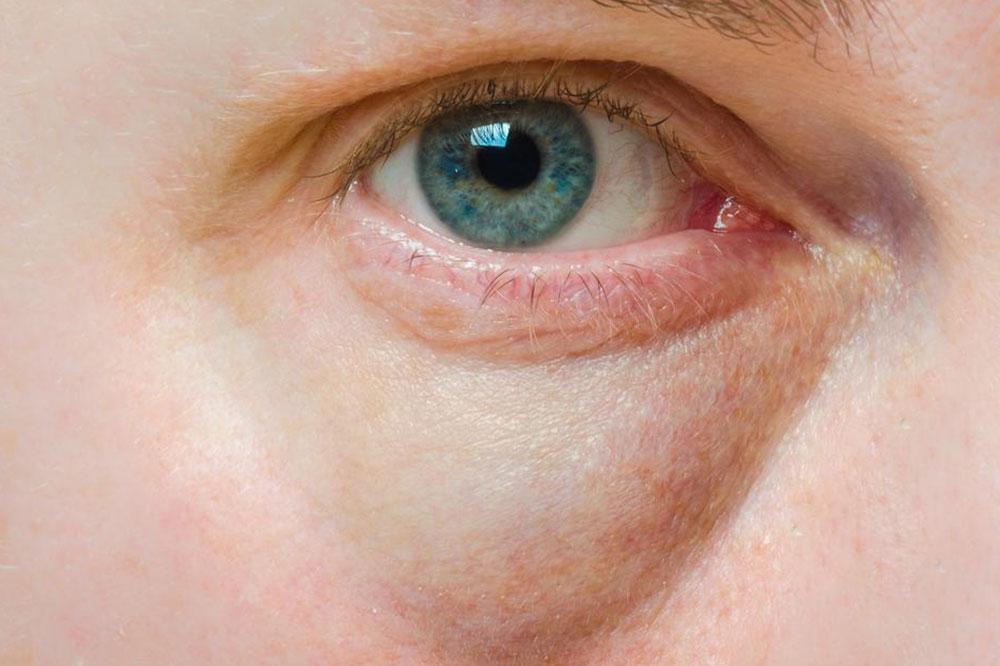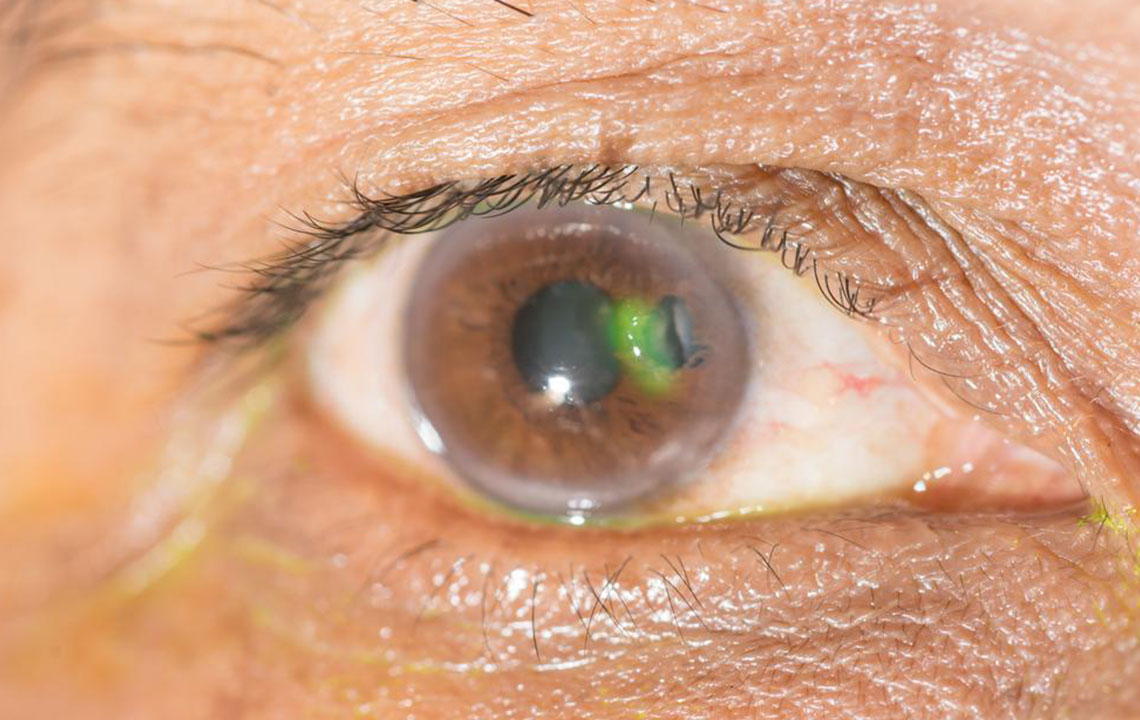Understanding the Top 3 Common Eye Disorders and Their Impact
This article explores the three most common eye conditions—glaucoma, cataracts, and diabetic retinopathy—highlighting their symptoms, risk factors, and impact on vision health. Keeping awareness helps in early detection and prevention of severe vision problems, emphasizing the importance of routine eye check-ups and medical consultation for maintaining eye health.

Vision health can be compromised by various conditions that, if left untreated, may lead to partial or complete blindness. While some eye problems are minor and resolve with basic care, others require urgent medical attention. This article highlights the three most prevalent eye disorders, detailing their symptoms, risk factors, and implications for eye health.
Glaucoma
Glaucoma is the second leading cause of irreversible blindness worldwide. It involves increased intraocular pressure caused by a buildup of aqueous humor fluid in the eye's anterior chamber, which includes the iris, lens, and pupil. This pressure can damage the optic nerve over time.
Signs and Symptoms
Often, glaucoma develops silently without symptoms. When symptoms do occur, they may include:
Nausea and headache
Blurry or foggy vision
Intense eye pain and redness
Halos around lights
Eye tenderness
Risk Factors
Ethnic background, especially African-Americans, who are at higher risk
Family history of glaucoma
Age, particularly over 60, or over 40 for at-risk groups
Existing eye conditions like myopia
Diabetes increases the likelihood of developing glaucoma
Cataracts
Characterized by cloudiness in the eye's lens, cataracts gradually impair vision, causing a misty or blurry appearance. If untreated, they can lead to blindness.
Signs and Symptoms
Common indicators include:
Misty or blurry vision
Colors appearing faded
Glares and sensitivity to bright lights
Difficulty seeing in low light conditions
Risk Factors
Advanced age, but also possible in infants and children
Family history of cataracts
Excessive alcohol or steroid use
Diabetes diagnosis
Diabetic Retinopathy
This complication of diabetes can damage the retina's blood vessels, often leading to vision loss if untreated. It generally shows no early symptoms.
Risk Factors
High blood sugar levels in diabetics
Ethnic backgrounds, including African-American, Native American, and Hispanic communities
Pregnancy increases risk among women
High cholesterol and blood pressure levels augment susceptibility
Note: This information is for educational purposes only. It is not a substitute for professional medical advice. Consult qualified healthcare providers for diagnosis and treatment options.










